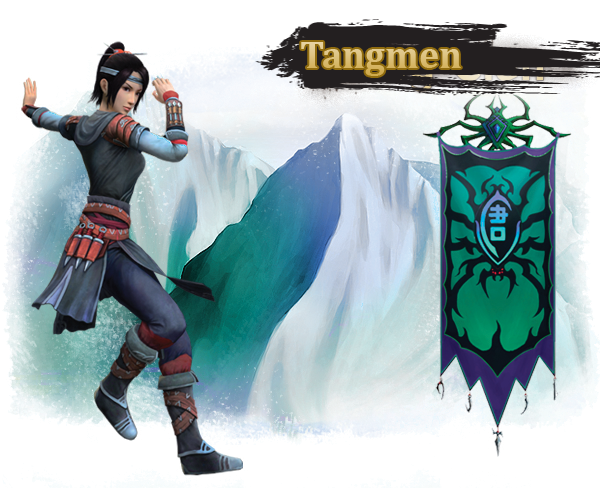

This area is also significant to drug trafficking because it borders Venezuela. Historically, the Revolutionary Armed Forces of Colombia (FARC), the Popular Liberation Army (Ejército de Liberación Popular, EPL), and the National Liberation Army (Ejército de Liberación Nacional, ELN), have been fighting for control of Catatumbo, a region where large quantities of cocaine are produced. One reason why the situation is so dangerous and nearly unresolvable in Colombia is because cocaine production is closely tied to heavily-armed terrorist insurrection groups with decades of combat experience.

The government of Colombia blames Colombia’s murder rate on the drug trade. Colombia’s homicide rate of 25.34 per 100,000 is more than five times that of the United States (4.96 per 100,000). is the user country.Ĭolombia is the world’s largest producer of cocaine.

Colombia is the source country, Mexico is the transit country, and the U.S. Roughly, 90 percent of the cocaine entering the United States country crosses the U.S./Mexico land border, while 70 percent of the cocaine leaves Colombia via the Pacific. This article, however, will limit itself to a three-actor scenario, examining the impact of cocaine trafficking on the source country, transit country or countries, and user country. An example would be the Taliban or Hezbollah, which have extensive trafficking operations in Latin America. Often weapons will also flow back to the source country and transit country, where they will be used by the narcotraffickers to strengthen their position.įourth nations can also be involved in the sense that the organizations committing these crimes may not be from any of the three countries involved. Money will generally flow back to the source country, with some cash remaining in the transit country. People flow, willingly or unwillingly, from the source country or transit country to the user country, where they will often work in the distribution or enforcement end of the business. Generally, narcotrafficking involves at least three countries: the source country, the one where the drugs originate from the transit country, a country through which the drugs are moved and the user country, the final destination where the drugs are sold and consumed.

Narcotrafficking is a transnational crime with drugs, weapons, money, and people crossing international borders for illicit purposes.


 0 kommentar(er)
0 kommentar(er)
